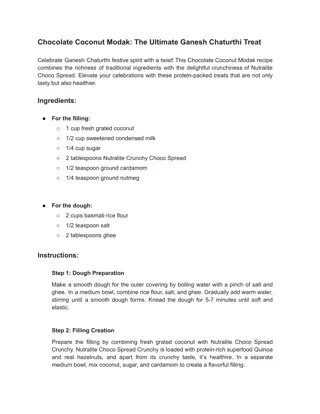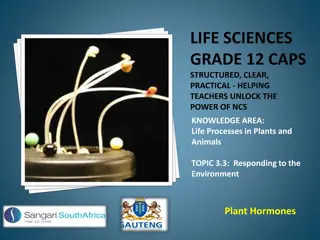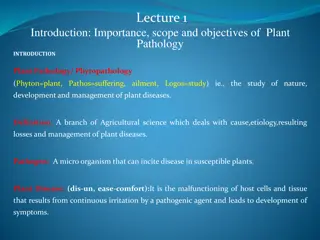American Hazelnut (Corylus Americana) Plant Guide
The American Hazelnut, also known as Corylus Americana, is a versatile plant that thrives in rich, moist, and well-drained soils. It can tolerate varying light conditions and attracts a variety of wildlife. Understanding its growth patterns, pests, reproduction requirements, and seed dispersal methods is crucial for cultivating a successful hazelnut crop.
Download Presentation

Please find below an Image/Link to download the presentation.
The content on the website is provided AS IS for your information and personal use only. It may not be sold, licensed, or shared on other websites without obtaining consent from the author.If you encounter any issues during the download, it is possible that the publisher has removed the file from their server.
You are allowed to download the files provided on this website for personal or commercial use, subject to the condition that they are used lawfully. All files are the property of their respective owners.
The content on the website is provided AS IS for your information and personal use only. It may not be sold, licensed, or shared on other websites without obtaining consent from the author.
E N D
Presentation Transcript
Hazelnut (Corylus Americana) By Tucker Tiedemann and Daniel Lassila
Growth It grows best on rich, moist, well-drained soils but often may be found close to streamside s and also grows on prairies. Best grows in full sun, but can tolerate partial sun or some shade.
Features The Hazelnut can grow up to 8-12 feet, with the crown being 10 feet In the fall the leaves turn Light red, orange, and green Spring Fall Summer
Animals There are a few animals that like to eat off or look at the American Hazelnut are squirrels, foxes, deer, northern bobwhite, ruffed grouse, turkey, woodpeckers, pheasants, and deer. The leaves, twigs, and catkins are browsed by rabbits, deer, and moose.
Pests Pests and diseases of the hazelnut: One of the biggest threats to hazelnuts in North America is the eastern filbert blight. It will kill off your trees unless you spray regularly. Although there are several varieties of tree that have been bred with resistance.
Seeds A nut houses one or two seeds, wrapped in a hard outer layer that doesn't open on its own. The seed is not attached to the shell wall. The weight of a nut makes it very uncommon for wind to play any part in seed dispersal. The wind does help ripened nuts to fall to the ground. To a lesser extent, water disperses nuts away from the plant. This occurs during flooding. Fast moving flood waters carry nuts to a new area.
Reproduction The Hazelnut requires a second planting of a different variety for cross pollination in order to produce a nut crop. You will need to plant two shrubs, preferably from different sources, in order to produce hazelnuts.
THANKS FOR WATCHING Bibliography http://plants.usda.gov/plantguide/pdf/pg _coam3.pdf http://www.localharvest.org/american- hazelnut-corylus-americana-C18324 http://www.arborday.org/treeguide/Tree Detail.cfm?ID=106 http://www.arborday.org/shopping/trees/ treedetail.cfm?ID=106

 undefined
undefined


























